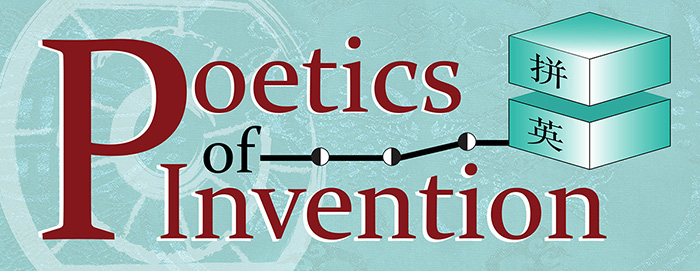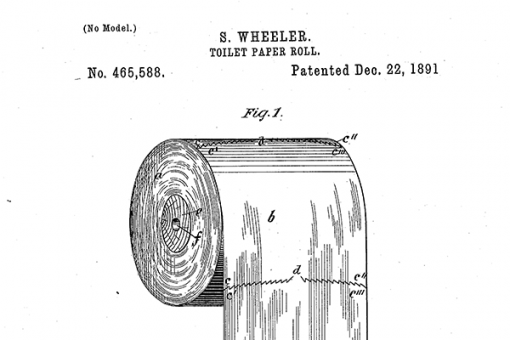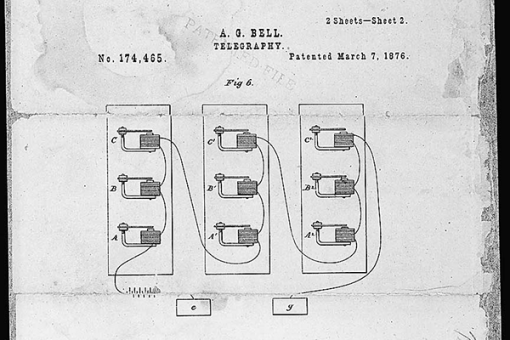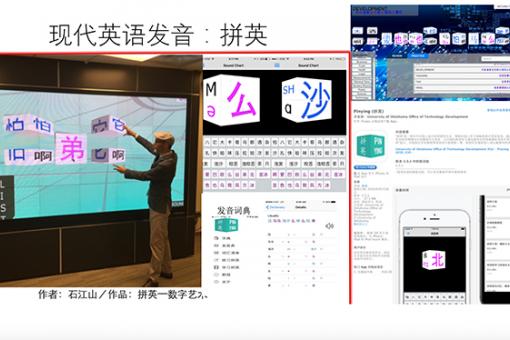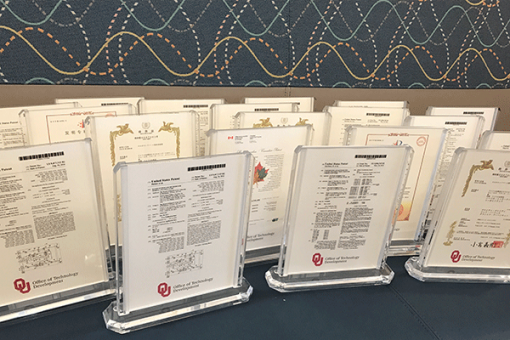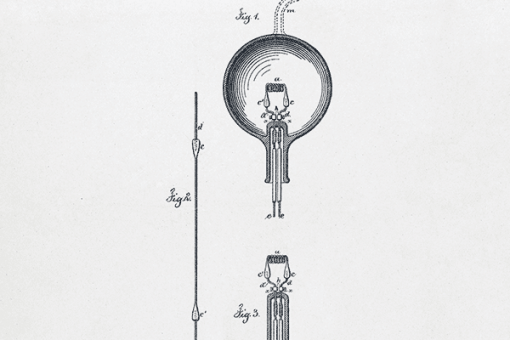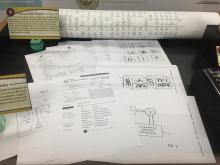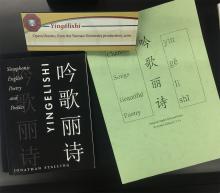(Intellectual Property) Invention in the Present: Inventions and Intellectual Property
How the invention of PinYing was developed into patented technology through the University of Oklahoma’s intellectual property system.
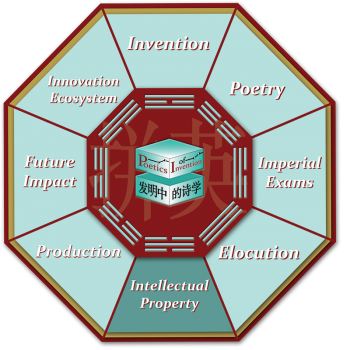
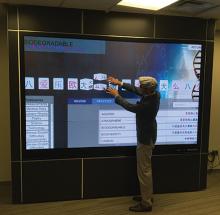
The mission of the University of Oklahoma is to stimulate research and creative activity, and to share these compelling discoveries on a global scale.

How do we allow for the open sharing of breakthrough ideas and innovations like Pinying while also protecting an inventor’s rights?
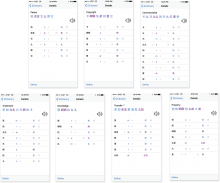
How does OU fulfill its mission of serving society and the state of Oklahoma by ensuring that the research generated by its faculty and staff has the greatest tangible impact possible?

A timeline.
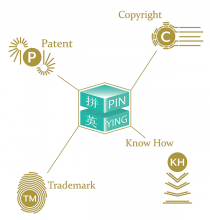
OU has applied for both domestic and international patents for the Pinying transliteration method and letter blocks.
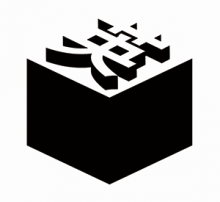
The true value of new knowledge created through University research lies in its benefit to society, whether through education, service, or impact on quality of life.
Features
It takes a team of experts to help protect intellectual property as it makes its way from the brain to a public market. Hours or writing and reviewing go into legally creating a patent or a copyright.
Two patents for Pinying were filed and later combined into one. Through lists of claims and illustrations, the paten discloses and protects the Pinying method (called the sinographic English alphabet) and its various digital and analog embodiments as well as the "pop block" learning system Dr. Stalling invented to teach the method more quickly and intuitively.
A collection of opera libretto and books from Dr. Stalling's collection reflect his first writings and critical uses of Sinophonic English as well as other examples of poetry and poetics.

